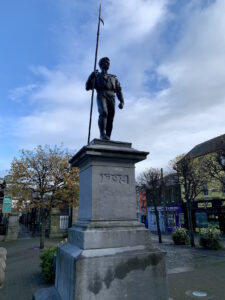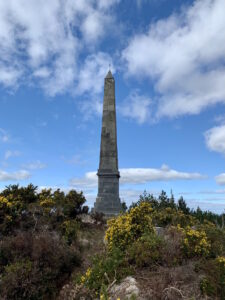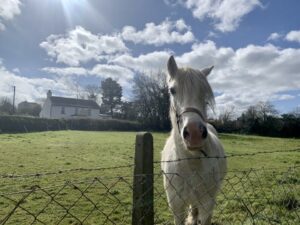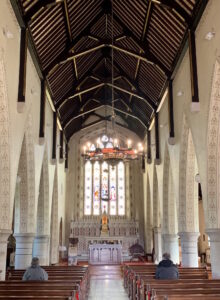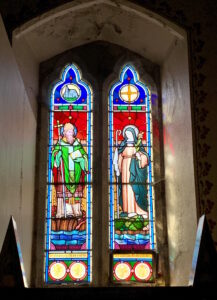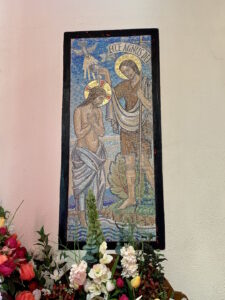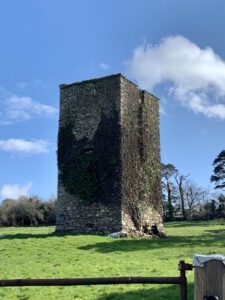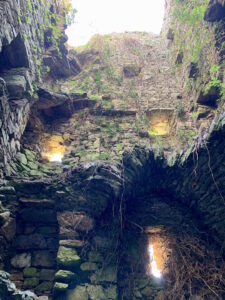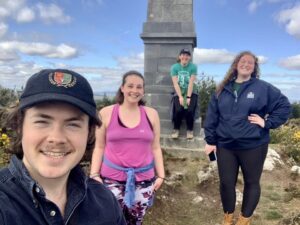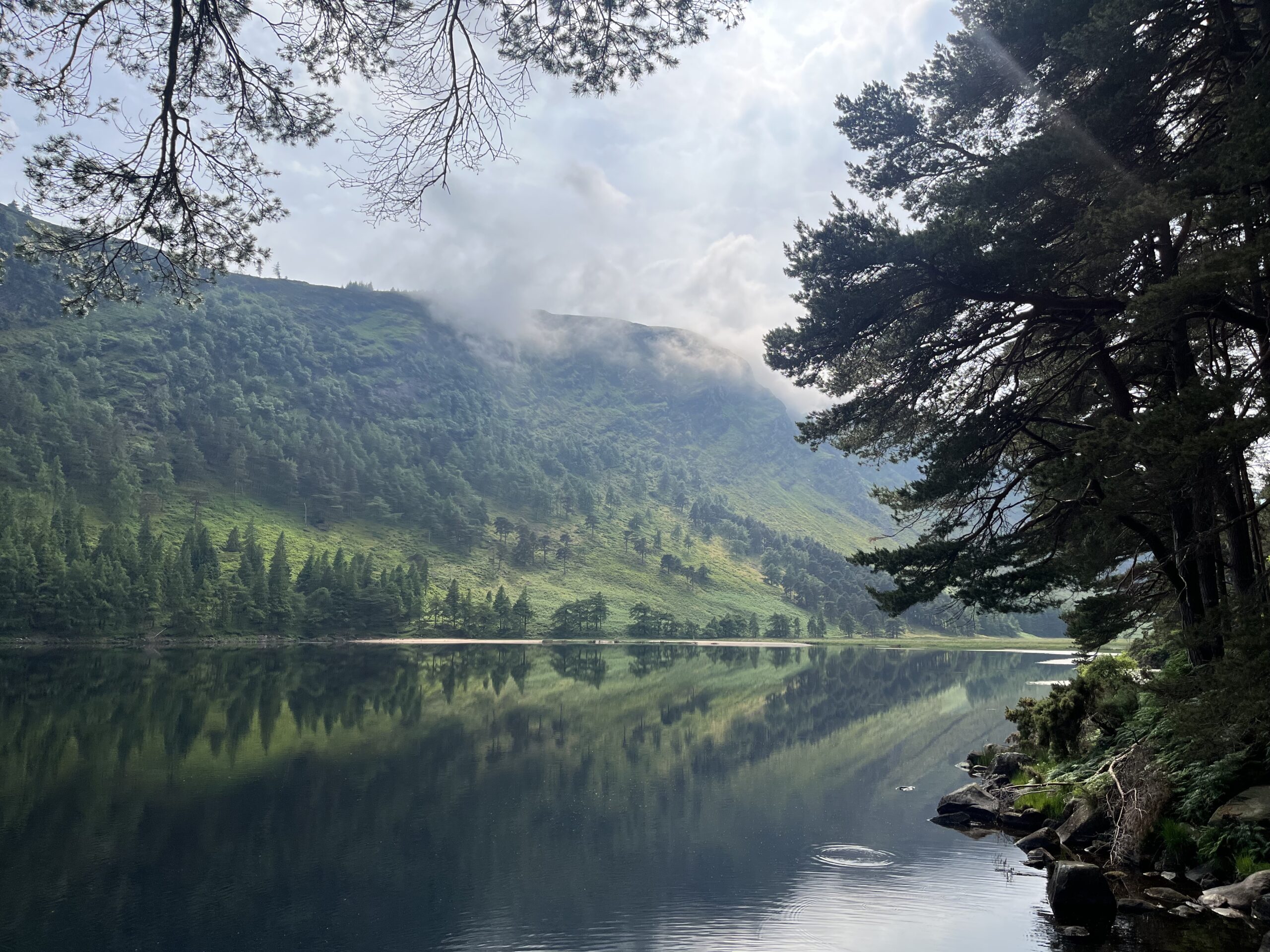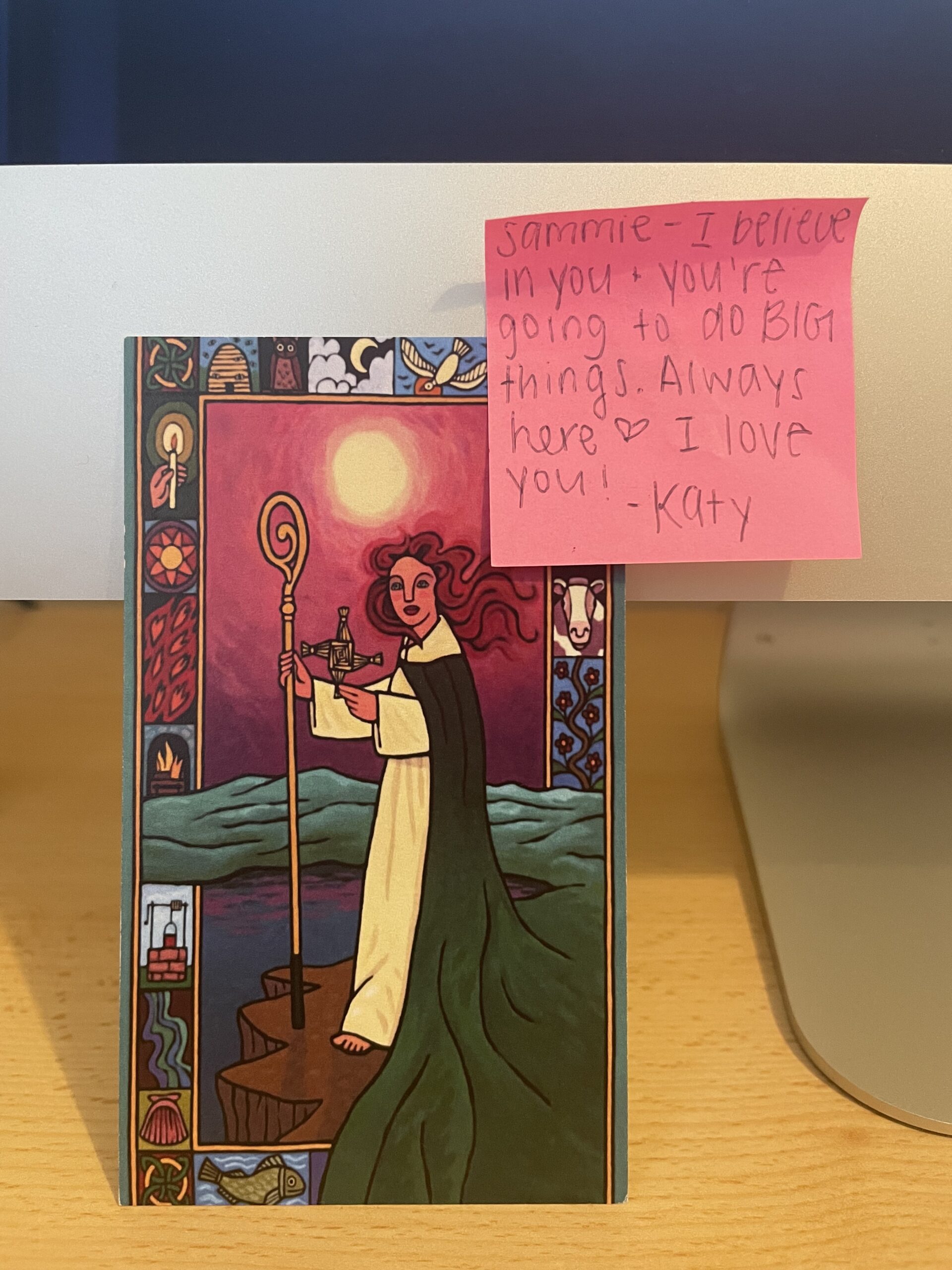A few weeks ago, the Wexford House was brainstorming some ways that we can make the most out of our next few months together, and take time to enjoy the warmer weather. From these discussions, we came up with something new to add to our community job chart. The title for this new job is “Pikeperson.”
The name “Pikeperson” is in honor of the pikemen of Co. Wexford who fought in the 1798 Rebellion. The Pikeperson was born out of our community’s desire to explore our local area as much as we can while still following Ireland’s Covid-19 restrictions. The Pikeperson’s job is to plan some kind of outing in the local area, perhaps someplace that they enjoy going to and want to share with the community.
It’s also very fun for someone like me who loves history and can use this as an excuse to fall down the historical research rabbithole. It’s a bit like a TV show we watched recently called Creedon’s Atlas of Ireland. The host goes around to various cities and towns throughout the country to learn about their history and culture, starting with the original Irish name of the place. (My dream job!) So, needless to say, I’m very excited for my turn as The Pikeperson.
Clare was our Pikeperson this past week, and she took us on the Three Rocks Trail. It’s one of her favorites, and after months of talking about it, we finally had a gorgeous day weather-wise and were able to go. It’s a pretty long trek, but it was totally worth it.
After walking up a large hill for what seemed like ages (and encountering a few adorable cows, horses, and dogs along the way) we arrived at the Three Rocks 1798 Monument. For those who don’t know, in 1798, there was an uprising against British rule in Ireland. Many battles took place throughout Wexford, and in other counties across the country. Though the rebellion eventually failed, it’s still a very important part of the history of Wexford and of Ireland as a whole. The site of the Three Rocks Monument was a campsite, important vantage point, and launch point of a surprise attack on British forces. It’s a gorgeous spot, and when you climb up to the monument, you can see valleys and mountains in the distance.
After the memorial, we continued downhill for a while and eventually reached Barntown. We stopped in St. Alphonsus Church, which was constructed in the 1840s during the Great Famine. It was built by Augustus Welby Pugin, a British architect who is most well-known for designing Big Ben and the interior of Westminster in London. He also created many of the buildings on the south side of Maynooth University’s campus in Co. Kildare, where I studied for a semester. There are a number of Pugin churches in Wexford, so we have become very familiar with his work! St. Alphonsus is filled with colorful stencil work, stained glass, and tile.
Finally, we passed Barntown Castle, the ruins of an old Norman tower house. In its heyday, it had four stories, a vaulted ceiling on the ground floor, and two garderobes. It also had both a machicolation and a meurtrière, which had a similar function: they could be used to throw or pour harmful substances on attackers, like rocks, boiling water or oil, or arrows. Crazy, right? Such was life for the medieval Irish, I suppose. The whole structure was very cool. I love imagining what old places like this looked like in their prime, and who would have lived and worked there.
Anyways, all of this is to say that I am loving little community adventures like these. We’ve been very busy recently, and still have quite a few things coming up. And even with all of the nice weather and a lot of good times, I’ve still had some bad days. We’re still in lockdown and there’s a lot going on in the world. But these little moments where we can enjoy the sunshine, each other’s company, and the cool things around us are so life-giving, and I am very grateful.

